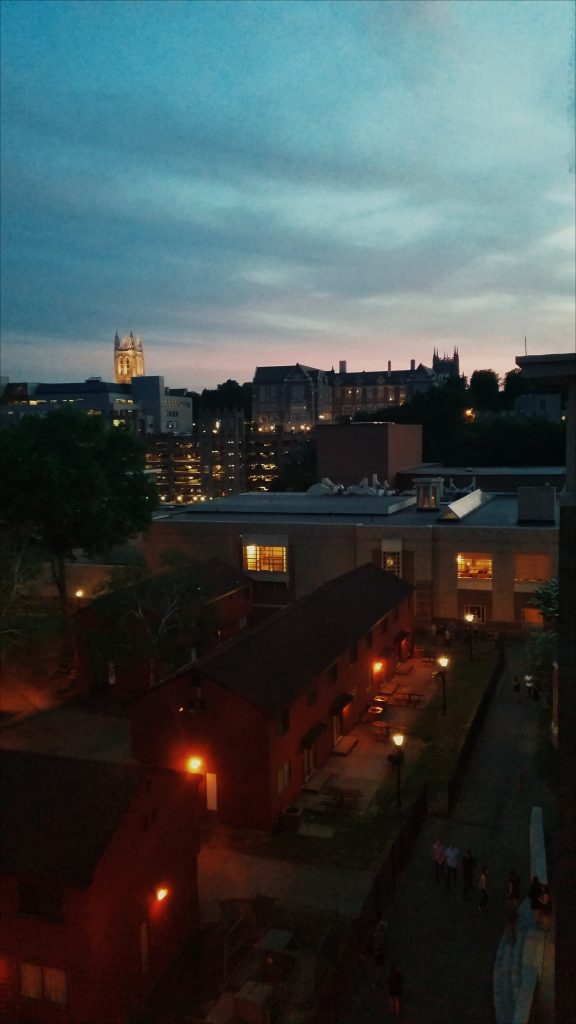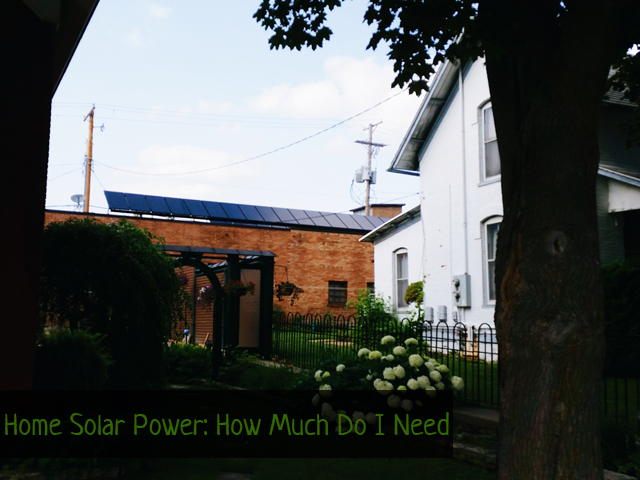Many years ago, when I was blogging regularly, I used to share a monthly blog entitled “Seven Things”. It was largely just a list of seven quick, casual statements or stories from the month that kept me blogging somewhat regularly. Seeing as how I haven’t been able to do that for years, I thought I might pick it up again and see how it feels now.
Without further ado, here are seven things:
- I deleted instagram for the month of August, and I have mixed feelings about it. On one hand, I was spending way too much time scrolling. While I have spent time curating my feed so that I largely only see real life friends and family or internet people who make me happy or inspired, I was tapping out of the current moment far too often to see what my internet friends were up to. On the other hand, our entire family and the grand majority of our friends live at least a two hour drive away, and I miss the quick check ins and views of their everyday lives. But also, here I am actually writing a blog. A blog that probably no one will read because it has been defunct for so long.
- Last Sunday morning I taught paddle board yoga in a light rain while loons dove for fish around us. Core memory.
- Speaking of, I can feel myself shifting into a more yoga based movement season. I think I’ll be stepping back from the heavy weights for at least a month or so and leaning into the flow a bit more.
- A little more than a week ago, a friend had us over for dinner and made a zucchini soup that was simply made of zucchini, a bit of ghee, and water. I haven’t stopped thinking of it, and now that I have a refrigerator drawer full of zucchini, I think I’ll be making it myself sometime this weekend.
- I bought a chainsaw and signed up for a chainsaw safety class in mid-October, which is great because we have a maple tree down in our front yard that needs to get taken care of before winter.
- Some local friends have re-started our old book club and we decided we’re not reading anything heavy or too thought provoking. Light stuff, beach reads, rom-coms, the occasional thriller. It’s a true joy. As with most book clubs, we chat about the book maybe 10% of the time and spend the rest of our meet-ups chatting about life and laughing. As it should be.
- I’m going to attempt to make dolmas this week, using grape leaves from our grape vines. I have high hopes.
Cheers! And here’s to increased creative writing, which is to say, any at all.

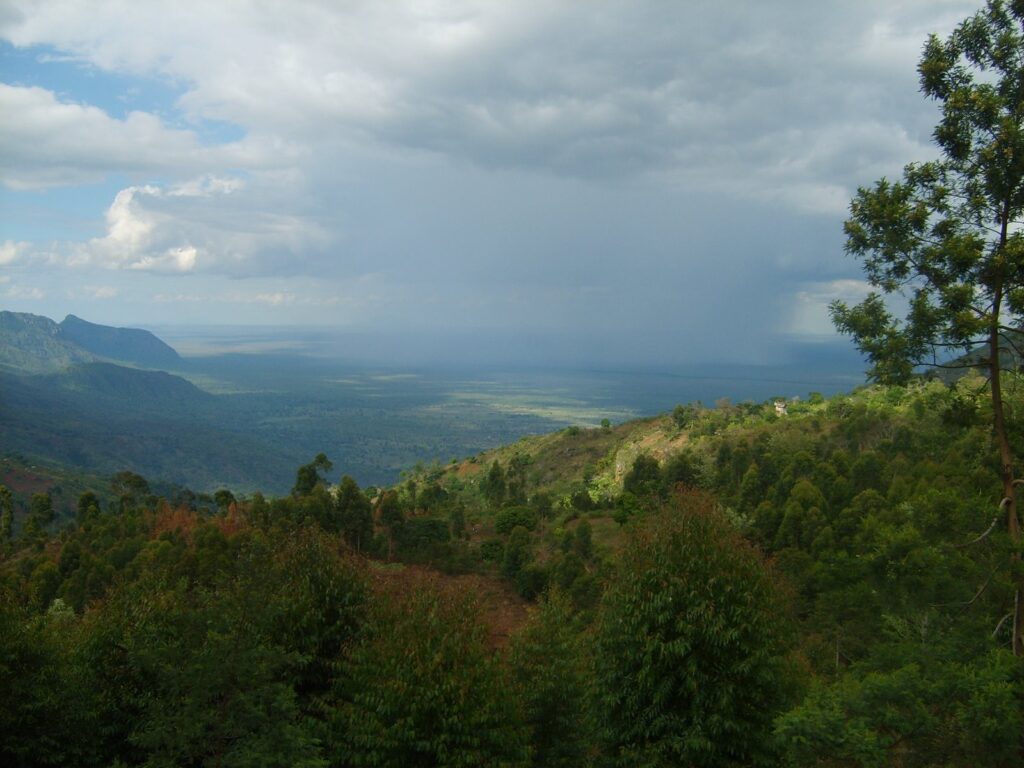
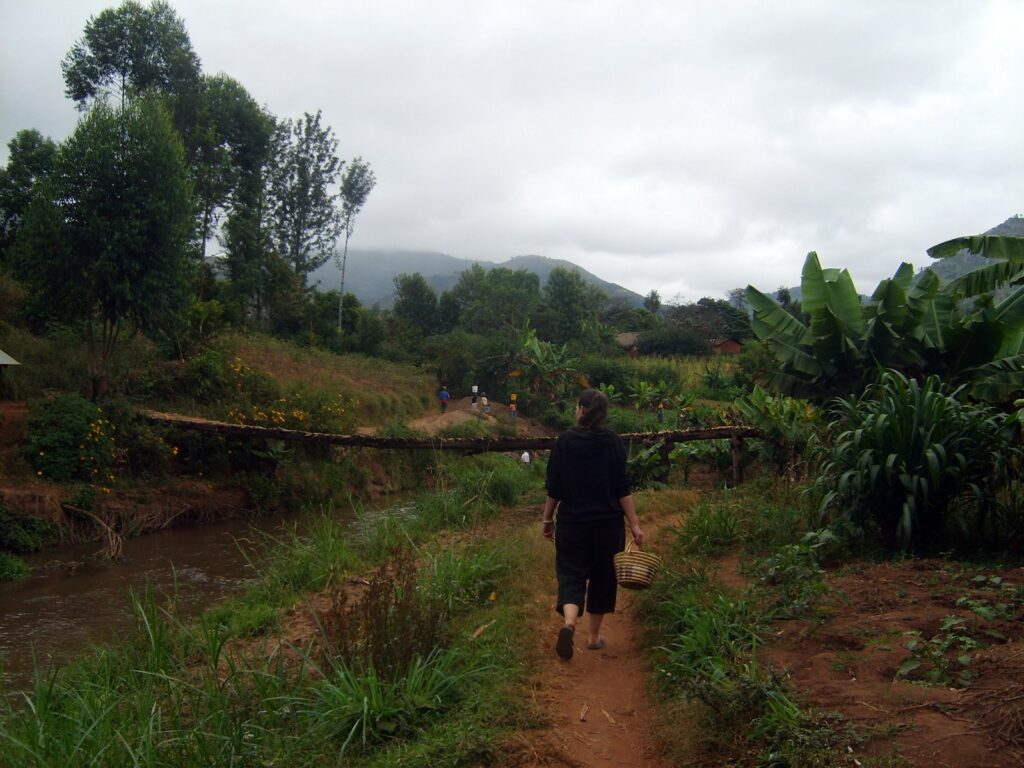
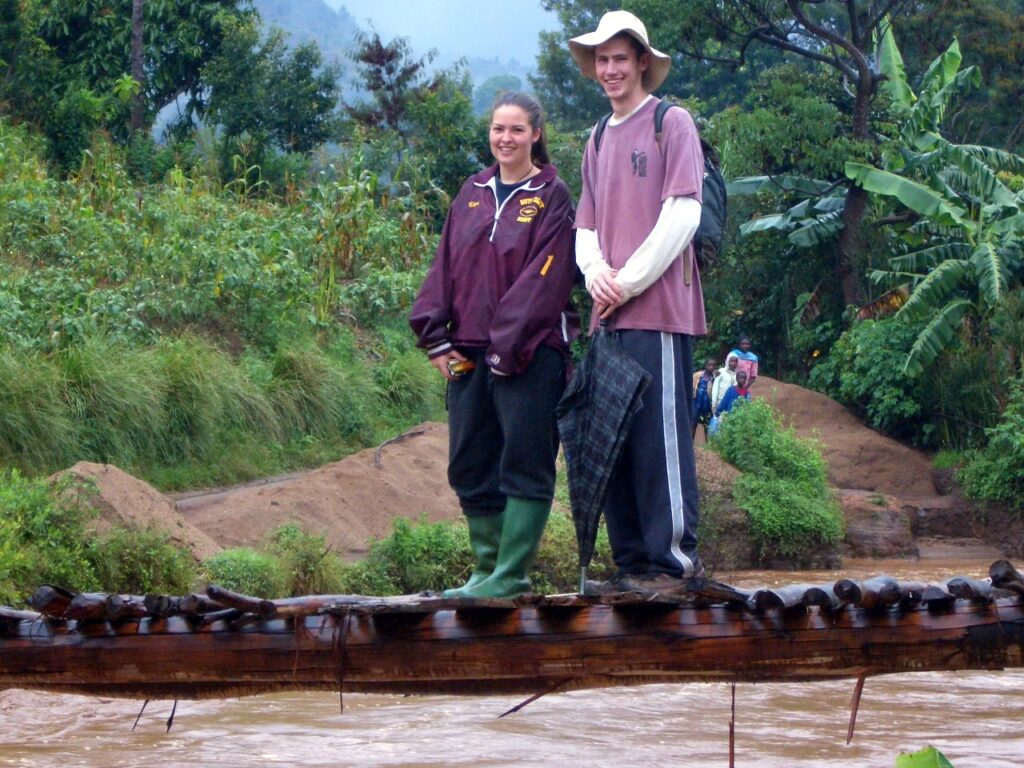
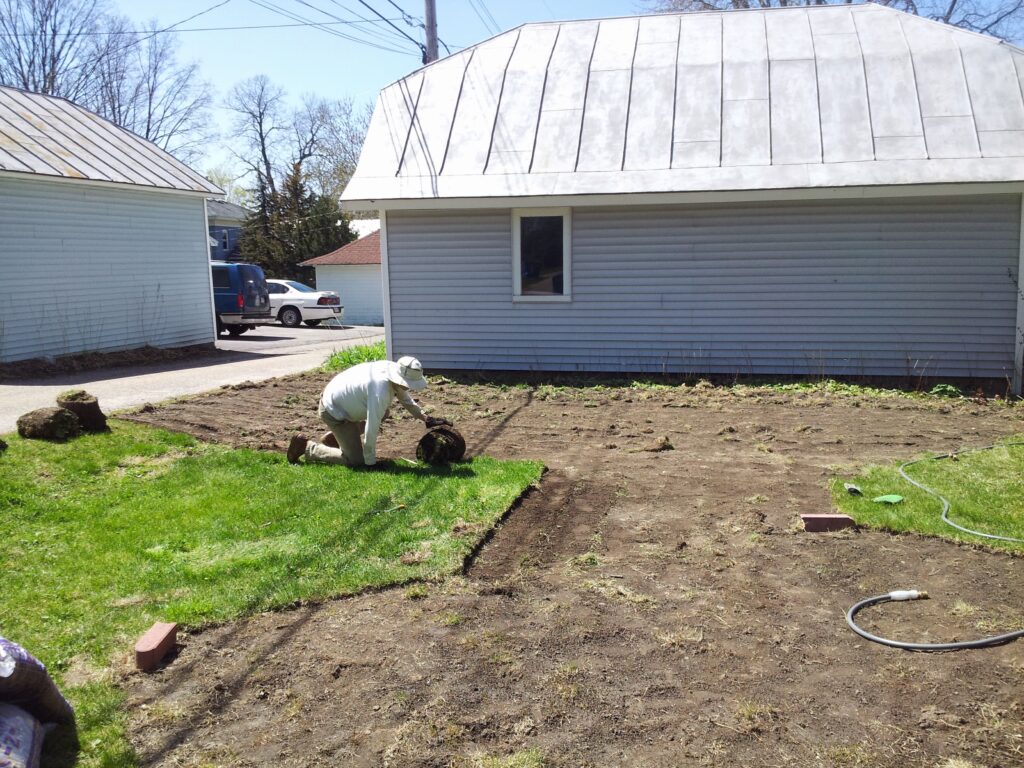
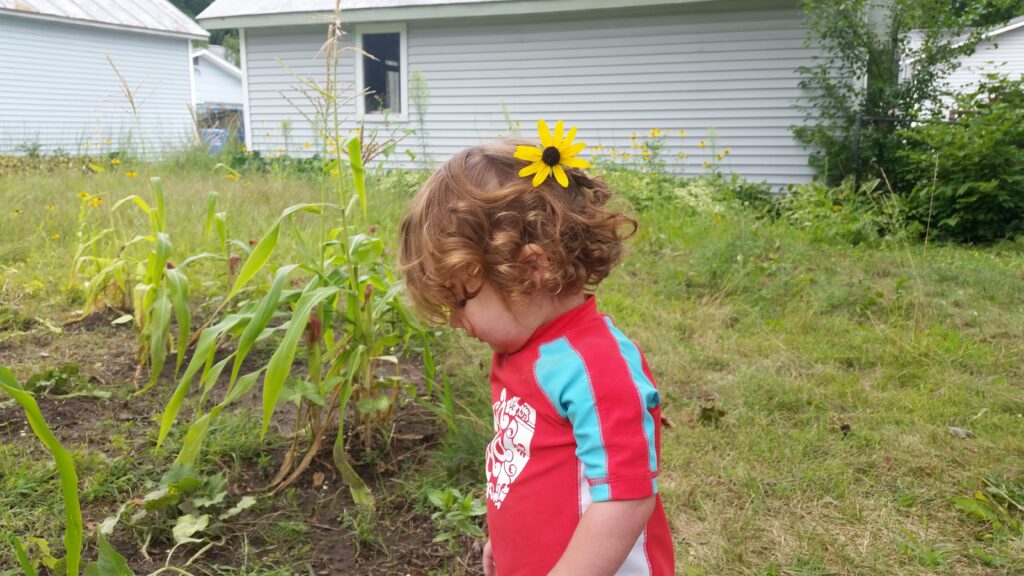
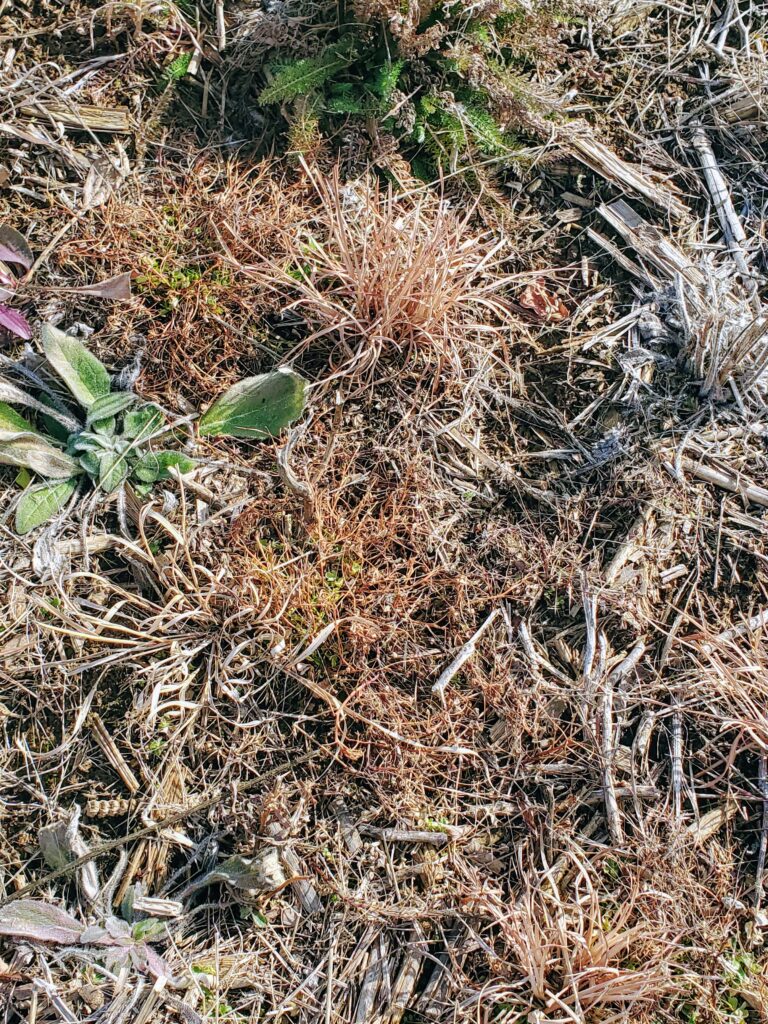
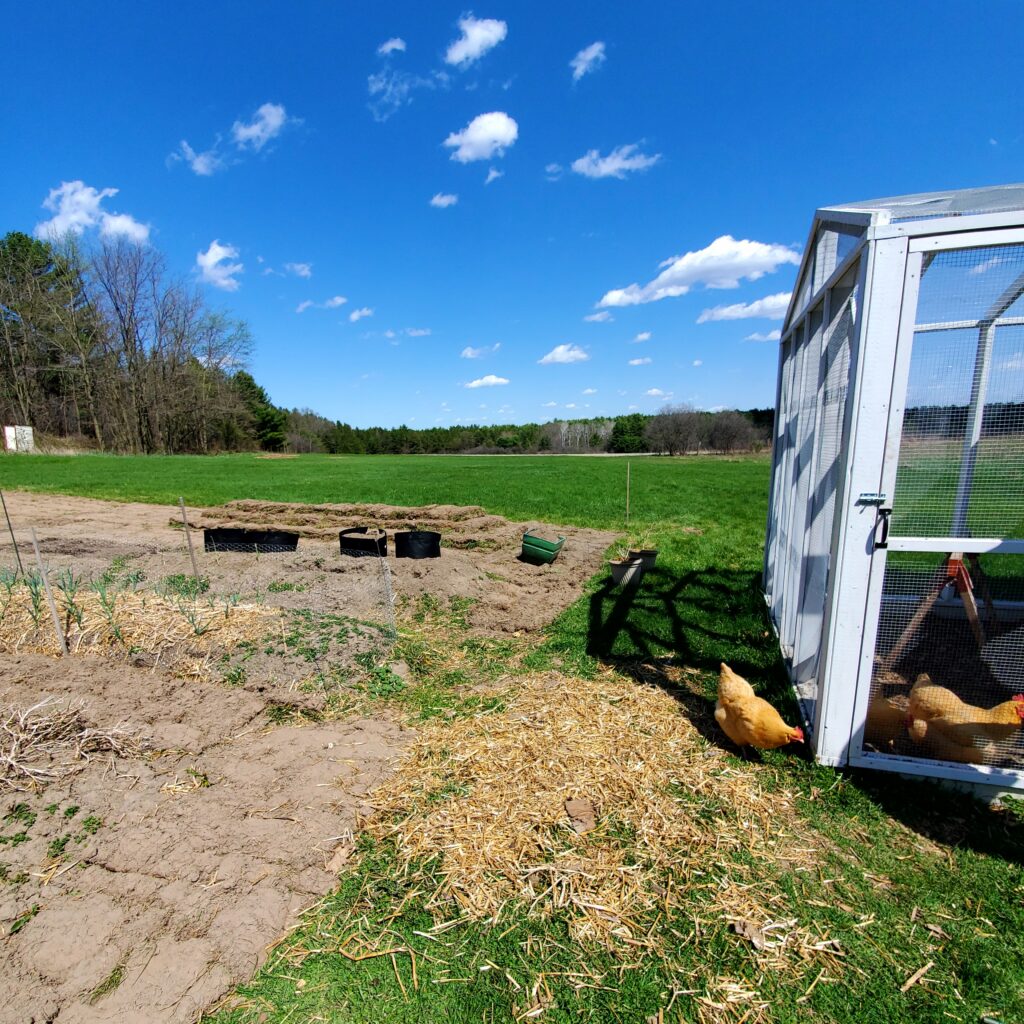
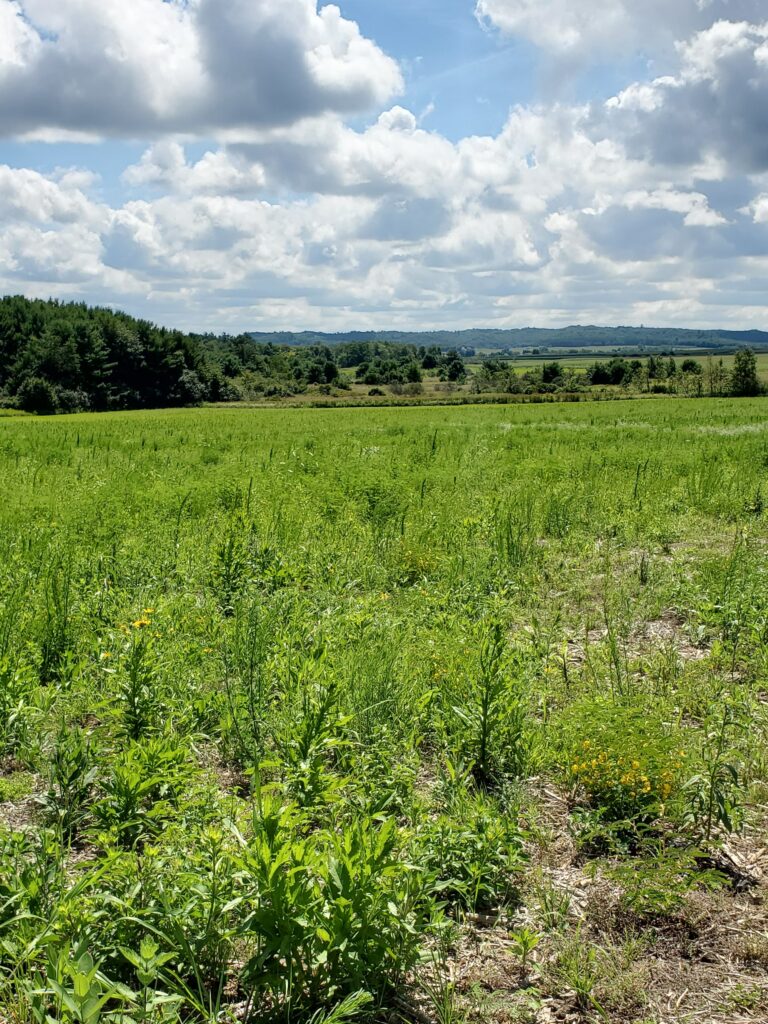
 Let us remember, in the wake of 45 pulling out of the Paris Agreement, that ultimately, it is on us to act.
Let us remember, in the wake of 45 pulling out of the Paris Agreement, that ultimately, it is on us to act.
